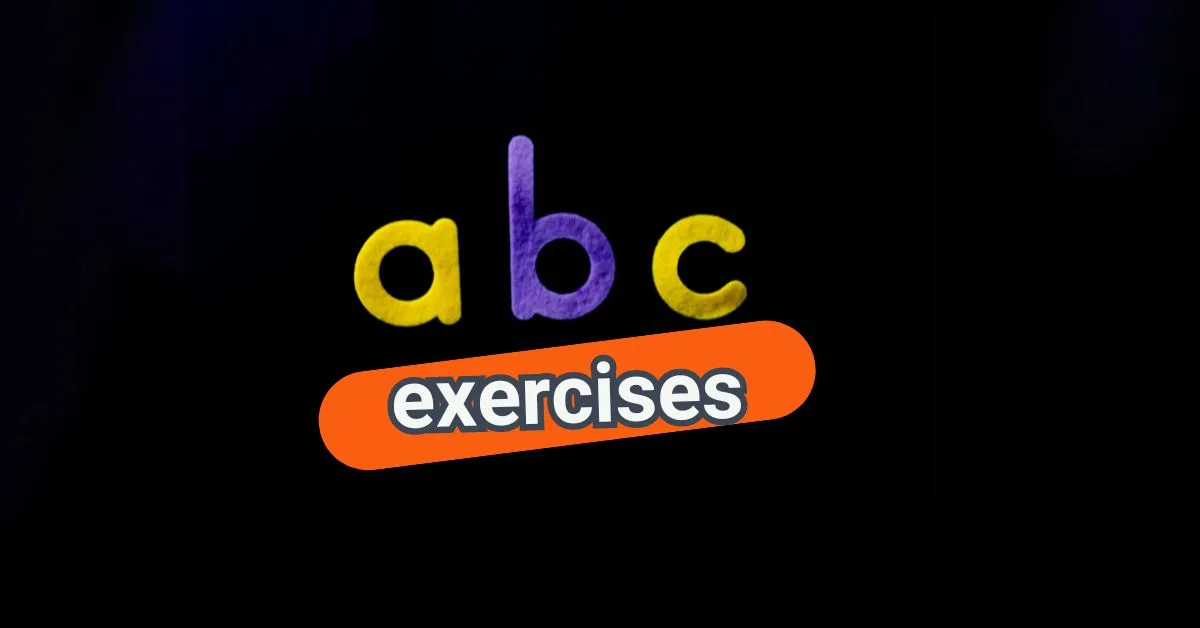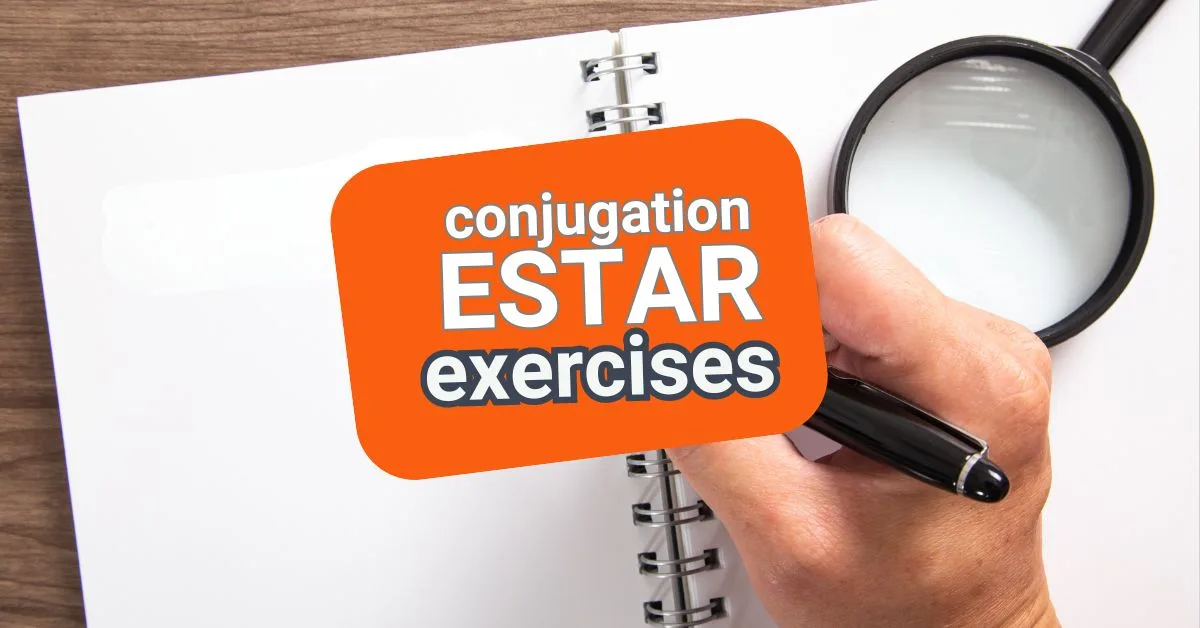Want to talk about your day in Spanish like a pro?
Mastering vocabulary related to daily activities is a must for any Spanish learner. It actually is is one of the smartest steps you can take. Talking about common actions (like waking up, eating, or going to work ) builds a strong foundation in everyday communication.
In this practical guide, you’ll learn essential Spanish vocabulary related to daily activities. You’ll also get to practice with an interactive matching exercise to reinforce what you’ve learned.
This interactive Spanish vocabulary drill helps you memorize, recall, and practice daily actions with a fun matching format. It’s ideal for beginners and intermediate students looking to speak more naturally and confidently.
Whether you’re just starting or brushing up, this drill is designed to help beginner and intermediate learners become more fluent, step by step.
Why Learn Daily Activities in Spanish?
When learning Spanish, starting with vocabulary for common routines gives you words you’ll use every day. Whether you’re talking to friends, sharing your schedule, or writing a journal, these verbs and phrases are essential.
You’ll also start to recognize them in conversations, books, and Spanish media. That’s why they’re a great starting point for building your vocabulary.
Key Points. What You’ll Practice in This Drill
Level: A2–B1 (beginner to low-intermediate)
Format: Match words with their English meanings and illustrations
Focus: Everyday verbs and phrases. Common daily verbs and simple present tense
Skills practiced: Vocabulary recall, comprehension, and visual recognition
This kind of practice makes learning both interactive and memorable. Let’s get started!
Vocabulary List – Daily Activities in Spanish
Here are some of the most common daily verbs. These are reflexive verbs or simple action verbs. Try repeating each word aloud and using it in a sentence.
| Spanish | English |
|---|---|
| Despertarse | To wake up |
| Levantarse | To get up |
| Ducharse | To shower |
| Cepillarse los dientes | To brush your teeth |
| Desayunar | To have breakfast |
| Ir al trabajo | To go to work |
| Estudiar | To study |
| Comer | To eat lunch |
| Salir a caminar | To go for a walk |
| Ver la televisión | To watch TV |
| Cenar | To have dinner |
| Acostarse | To go to bed |
These words are useful for describing your whole day, from morning to night. They’re practical and easy to memorize. Try repeating them out loud and use them to describe your own day.
How to Learn Daily Routine Verbs
- Use the Verbs in Sentences: Start by using them to talk about your own schedule. For example:
- Yo me levanto a las siete. – I get up at seven.
- Después, me ducho y desayuno. – Then, I shower and eat breakfast.
Making sentences helps you internalize grammar and word order.
- Practice the Present Tense: Most of these verbs are used in the present tense, which is essential for beginner learners. Focus on “yo” (I), “tú” (you), and “él/ella” (he/she) forms at first. Example:
- Yo estudio español todos los días. – I study Spanish every day.
- Él cena con su familia. – He has dinner with his family.
- Pay Attention to Reflexive Verbs: Verbs like despertarse, ducharse, and acostarse are reflexive. That means the subject and object are the same person. Take these examples:
- Me despierto a las seis. – I wake up at six.
- Nos acostamos temprano. – We go to bed early.
It’s useful to spot the reflexive pronoun: me, te, se, nos, os, se.
Vocabulary Exercise – Drag the Words
Match each Spanish word or phrase with its English equivalent or related image. This helps strengthen memory through active recall, and reinforce vocabulary recognition. You’ll begin to associate the word with both its meaning and visual representation. It’s a fun, effective way to study.
Extra Practice Ideas
Once you’ve mastered the basics, try expanding your skills with these tips:
Speak Your Routine Out Loud
Every morning or night, say your routine in Spanish:
- Hoy me levanto a las ocho. Luego me cepillo los dientes y voy al trabajo…
Even simple sentences help you form a habit and build confidence.
Journal in Spanish
Write 3–4 sentences each day about what you do. Keep it simple. Focus on verbs and time markers like primero, después, al mediodía, por la noche.
Use Flashcards
Create a flashcard set with verbs on one side and example sentences or translations on the other. Include images for even better retention.
Related Vocabulary You’ll Love
Want to grow your Spanish vocabulary even more?
Check out these related topics to strengthen your travel, grammar, and everyday fluency:
📚 Keep practicing by checking out these related resources:
- Vocabulary Drill: Common Travel Phrases
- Daily routine in Spanish: A Day in Erica’s Life (Listening Exercise)
- Top 50 Most Useful Spanish Verbs (With Examples)
- How to Memorize Spanish Words Effectively
And don’t forget to follow our YouTube channel for listening practice and cultural tips:
➡️ SpanishNOW YouTube
Final Thoughts
Nice work! You’ve just practiced some of the most useful Spanish phrases for everyday life. These verbs are essential for describing your routine, talking with Spanish speakers, or even journaling in Spanish. They appear in daily conversations, instructions, podcasts, and even while traveling. That’s why they’re essential, not just for classroom learning but also for real-world use.
Little by little, you will manage to handle more verbs and activities. The key point lies in practice and not letting yourself feel intimidated or overwhelmed. With determination, effort, calmness, and care, you will improve your Spanish and speak like a native.
Learning daily activities in Spanish builds your core vocabulary and helps you speak more naturally.
Keep practicing, repeat them daily, and don’t be afraid to make mistakes. Every word you use brings you closer to fluency.
Practice makes progress. Or as we say in Spanish: ¡La práctica hace al maestro!


